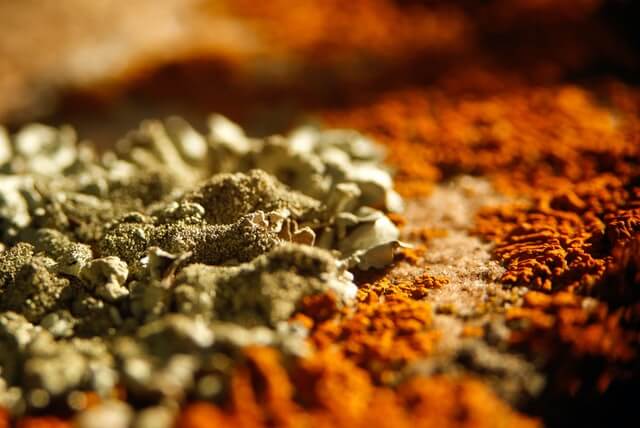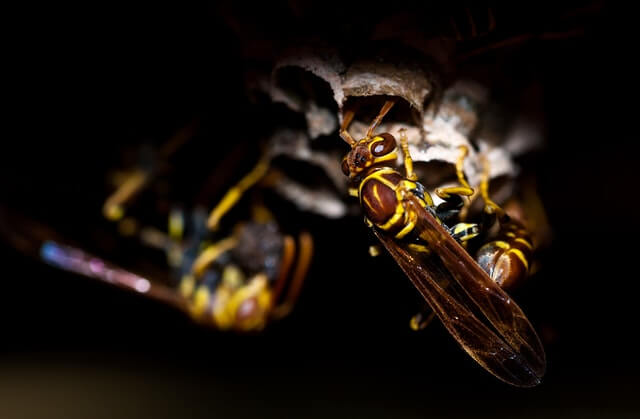Tenant satisfaction should be one of the landlord’s top priorities because the profitability of the rental home strongly depends on them and their desire to keep renting.
Making a good impression on tenants is one thing, and maintaining their satisfaction is another. Although it may be hard to quantify the level of satisfaction and some of them may be impossible to please, a landlord must always make sure to do his responsibility. One of those responsibilities is keeping the place’s habitable condition by eradicating or preventing any potential hazard or threat to the safety and health of the tenants.
Some problems a landlord would encounter are familiar and obvious: late rent, broken windows, disruptive tenants, etc. However, some issues are not easily noticeable because they are silent (almost invisible) threats lurking in the rental home, slowly damaging the property and affecting its habitability.
Some of these threats are difficult to address, which is why prevention is the landlord’s best option. Here are some of them:
Mold and Mildew
The presence of mold in a rental property is considered an environmental hazard. It can cause significant health problems to your tenants, including asthma, rashes, nausea, chronic fatigue, cognitive losses, and hemorrhaging.
There have been several lawsuits against landlords because tenants allegedly developed health issues because of their exposure to toxic mold inside the rental property. A lot of times, the landlords lost.

Getting rid of mold can be difficult and costly. Landlords must put in preventive measures. Since the common cause of mold buildup is moisture, if a tenant complains about leaking pipes or water damage, a landlord must fix the problem promptly. A landlord often becomes liable for mold if they neglected to address water damage quickly. The same goes for leaky roofs.
However, mold prevention should be a joint effort between the landlord and the tenant. Tenants must be aware of their responsibilities as occupants. Alerting the landlord about water damage as soon as possible, keeping the space clean, opening windows once in a while to encourage ventilation are just a few things a tenant can do to prevent mold from building up.
Radon and Carbon Monoxide Gas
Radon gas and carbon monoxide gas are invisible hazards that pose a threat to the health of people who inhale them for long periods. Radon gas can damage one’s lungs and often causes lung cancer. Carbon monoxide can also be fatal or cause symptoms like fatigue, headache, vomiting, and chest pain.
Landlords must have someone perform regular radon gas testing in the property and install carbon monoxide detectors along with smoke detectors. Some states require carbon monoxide detectors installed, but regardless of whether the state requires them or not, putting them up is still the right thing to do.

Termites
Termites are one of the worst pests in any home. They are very destructive because they will chew on wood, causing severe structural damage to the property.
The best way to prevent termite infestation is by using wood types that termites do not like eating. Examples of termite-resistant woods are pressure-treated wood, composite wood, Alaskan cedar, redwood, and heartwood.
For properties constructed using wood that termites like to eat, landlords can still prevent termite infestations through annual termite inspections. As soon as termites are detected, addressing it immediately before it worsens is a must.
Hornet and Wasp Nest
Hornets and wasps may somehow be beneficial because they eat other insects and bugs. However, they won’t be worth keeping in a rental home because they can sting people. Their sting often causes mild symptoms but can easily lead to severe allergic reactions or infections. That’s when it becomes a big problem. Hornets and wasps can also swarm someone and sting them multiple times.
When hornets build their nest inside walls or in hidden nooks and crannies, landlords must hire an exterminator to spray the nest and kill all the wasps. It’s important to leave it in the hands of professionals because they have access to the right chemicals to use that are non-toxic to humans and pets.

As mentioned earlier, preventing these silent threats to a rental home is a joint effort between the landlord and the tenant. That is why after rental agents publish a listing on Padleads, they must conduct a thorough screening process not just to check if potential tenants are capable of paying rent but also to see if they will be responsible occupants.